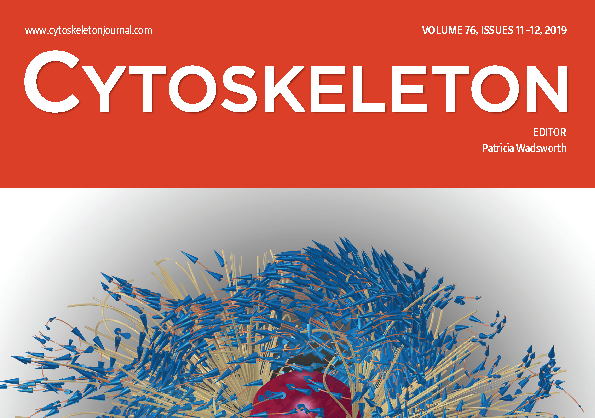Living Systems
Soft Matter & Living Systems
You may have heard of soft materials, but what exactly are they? Examples include a wide range of materials from car tires to food, cream and foams. They are soft enough that their properties and structure are, curiously, determined by entropy — the thermodynamic law that dictates that disorder rules! Understanding these materials and their synthesis and governing principles has implications for technology development and for understanding the greatest mystery of soft matter — Life.
Living systems is the area of study in which materials meet life and biology, from the perspective of the physical scientist. Life consists of materials that are undergoing dynamic change driven by biochemical energy. How can the phenomena of life — replication, motility, robustness — be understood in a set of equations, or replicated in designed, engineered systems? The answer to these questions will establish new technologies for diagnostics, pharmaceuticals, and predictive therapies.
Recent Publications
Hydrodynamic interactions of filaments polymerizing against obstacles. Nazockdast, Ehssan. Cytoskeleton, Volume 76, Issue 11-12, November-December 2019, 586– 599.
Combined Atomic Force Microscope and Volumetric Light Sheet System for Correlative Force and Fluorescence Mechanobiology Studies. E. Nelsen, C. M. Hobson, M. E. Kern, J. P. Hsiao, E. T. O’Brien III, T. Watanabe, B. M. Condon, M. Boyce, S. Grinstein, K. M. Hahn, M. R. Falvo, and R. Superfine. Scientific Reports, Volume 10, May 18, 2020.
Integrated 3D Tomography and Computational Modeling to Study Forces in Metaphase Spindles. Stefanie Redemann and Ehssan Nazockdast. The FASEB Journal, Volume 34, April 20, 2020.
Combined AFM and Vertical Light Sheet Microscopy to Correlate Actin Accumulation to Engulfment Forces During Phagocytosis. Megan E. Kern, Evan F. Nelsen, Chad M. Hobson, Joe Hsiao, E. Timothy E. O'Brien, Michael R. Falvo, and Richard Superfine. Biophysical Journal, Volume 118, Issue 3, Supplement 1, February 7, 2020.
As above, so below, and also in between: mesoscale active matter in fluids. Daphne Klotsa. Soft Matter, Volume 15, September 4, 2019, 8946-8950.
VIEW-MOD: a versatile illumination engine with a modular optical design for fluorescence microscopy. Bei Liu, Chad M. Hobson, Frederico M. Pimenta, Evan Nelsen, Joe Hsiao, Timothy O’Brien, Michael R. Falvo, Klaus M. Hahn, and Richard Superfine. Optics Express, Volume 27, Issue 14, July 8 2019, 19950-19972.
Encoding Reversible Hierarchical Structures with Supramolecular Peptide–DNA Materials. Margaret L. Daly, Yuan Gao, and Ronit Freeman. Bioconjugate Chem, Volume 30, Issue 7, June 3, 2019, 1864–1869.
Technological strategies to estimate and control diffusive passage times through the mucus barrier in mucosal drug delivery. Jay M.Newby, Ian Seim, Martin Lysy, Yun Ling, Justin Huckaby, Samuel K.Lai, and M. Gregory Forest. Advanced Drug Delivery Reviews, Volume 124, January 2018, 64-81.
Data-Driven Reduced-Order Model of Microtubule Mechanics. Yan Feng and Sorin Mitran. Cytoskeleton, Volume 75, Issue 2, February 2018, 45-60.
Vertical Light Sheet Enhanced Side-View Imaging for AFM Cell Mechanics Studies. Kellie Beicker, E. Timothy O’Brien III, Michael R. Falvo, and Richard Superfine. Scientific Reports, Volume 8, January 24, 2018.
A Blueprint for Robust Crosslinking of Mobile Species in Biogels with Weakly Adhesive Molecular Anchors. Jay Newby, Jennifer L. Schiller, Timothy Wessler, Jasmine Edelstein, M. Gregory Forest, & Samuel K. Lai. Nature Communications Volume 8, 2017.
Propulsion of a Two-Sphere Swimmer. Daphne Klotsa, Kyle A. Baldwin, Richard J. A. Hill, R. M. Bowley, and Michael R. Swift. Phys. Rev. Lett., Volume 115, December 7, 2015.




